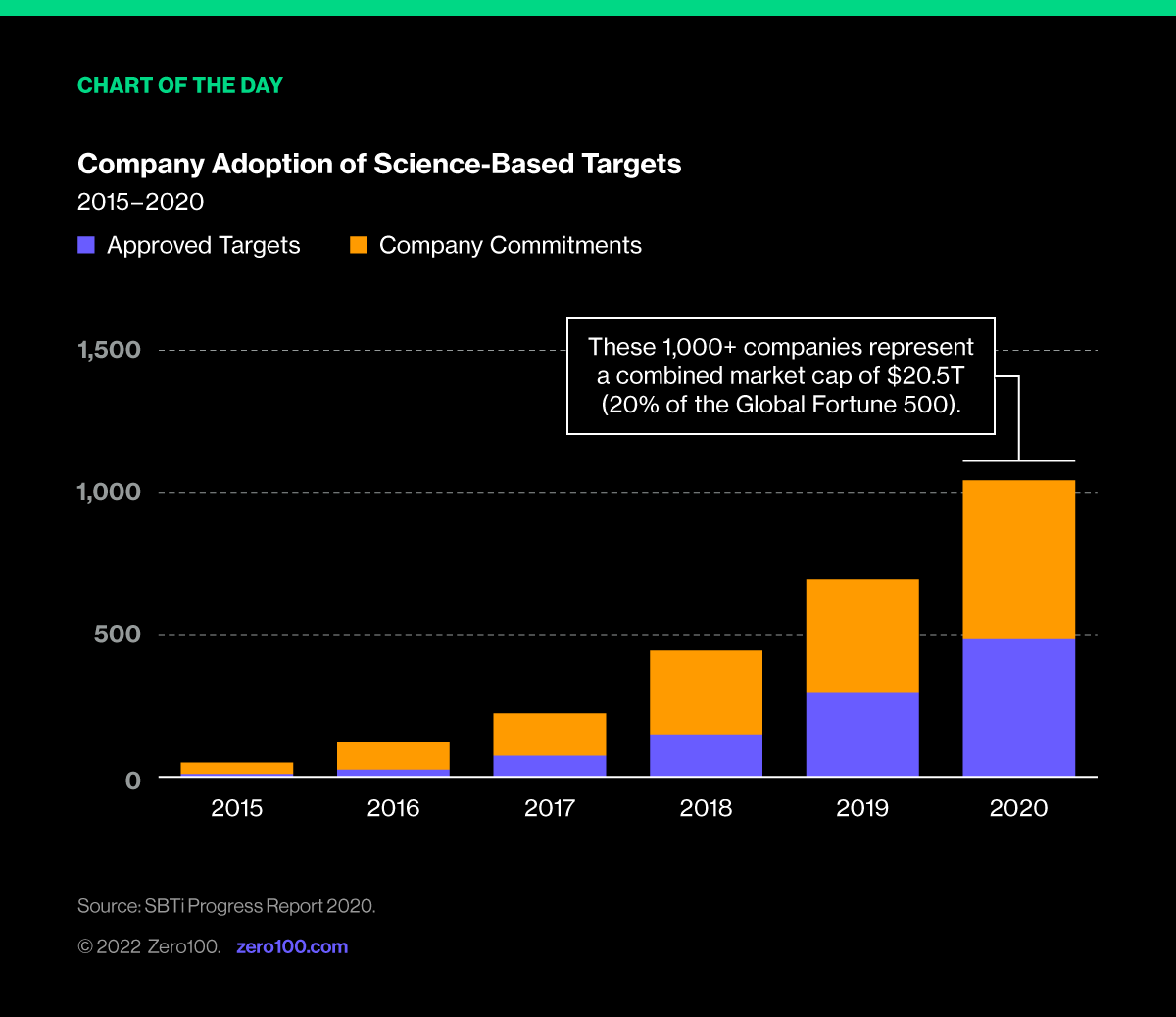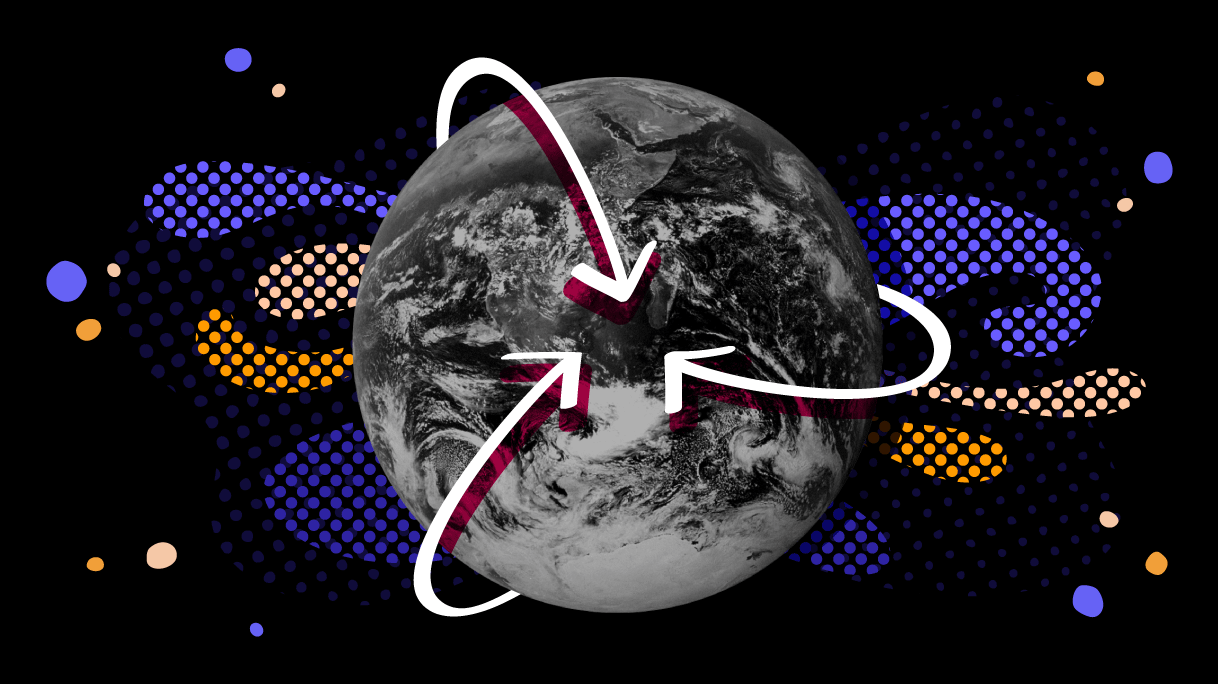Creating an Obsession
For many supply chain teams, we are cost fanatics, inventory gurus, quality champions, data driven – and customer obsessed. Taking a customer obsessed approach to our operations has taught us to put the customer at the center of what we do, and sits at the heart of companies like Natura, Amazon, Nordstrom, Hilton, and HP – among many others.
Increases in technology maturity mean we know more than ever about what customers want and how to serve them in our obsession with creating the best experience. The amount of data created each year is growing rapidly, now exceeding 64 zettabytes, and the focus on real-time data collection persists. Customer obsessed supply chains use part of these 64 zettabytes to meet customer demand by understanding as much as possible about customer behavior.
We also have increasing amounts of data about the planet. With many of our organizations setting emissions goals, it introduces a new factor for supply chains to optimize against. In times past, we optimized for what customers care about: cost, speed, quality – and now we increasingly see customers' desire to have visibility into our operations. This is because customers are caring more and more about the impacts they have on the planet, and want to know if we care, too. As we aim to meet our zero carbon goals, it begs the question: is the planet our customer, too?
Leveraging what we have learned through developing customer obsessed operations, let's apply the logic of commonly used customer obsessed concepts as a path to becoming planet obsessed.
Commit to Being (Customer) Planet-First
Challenge your teams to ask questions about how to delight the planet. Develop personas to talk about the different needs of the planet (think: the farmland your product is grown in, or the natural area under and around your factory) and create segments around these needs and across ecosystems.
Evaluate these planet segments by creating a Planet P&L to accompany the Channel or Customer P&L to remove siloed thinking and calculate what's at stake if you were to “lose” different (customer) planet segments – for example, the loss of access to fresh water as an input to a manufacturing process.
Allbirds' Free the Footprint initiative calls their Carbon Footprint a “nutrition label” for the closet, and could be considered as one input to this Planet P&L.
Walk the (Customer) Planet Journey
Go to gemba to understand the needs of the planet. Take your team through a planet-needs-mapping activity to identify key moments in its journey and the “satisfaction” – traditionally marked with happy or sad faces. Define the planet journey and identify where the planet is along that journey to create a better “experience.”
One way to observe the planet's experience is by watching materials flow from the planet, through a value chain, and back to the planet. This can be helped along by digital watermarking technologies like the European Digital Watermarks Initiative HolyGrail 2.0 that's used by over 160 companies like P&G and Unilever, with a focus on driving toward a circular economy.
Develop (Customer) Planet-Centric Metrics
The planet's satisfaction with our operations might be expressed through a score like CSAT or NPS of one of the planet personas – if that land could talk, would it recommend your factory as a tenant to other parts of nature? Does your operation leave the area regenerated or depleted?
At times, the needs of the business and the needs of the customer may feel to be at odds. Wabtec addresses this tension with its ESG Materiality Assessment map of the prioritization of its various ESG missions.
Voice of (Customer) Planet Advocate Embedded in Every Team
The planet advocate plays two roles: represent the needs of the planet, and challenge the team when those needs will not be met by asking questions such as: “what experience would this planet persona have?” or “how might this proposed activity impact the planet's perceived value of our operations?”
Make this experience available to all employees. Clorox's IGNITE strategy, which launched in 2019, includes a Sustainability Center available to employees that showcases their ESG progress.
(Customer) Planet as Trusted Partner
The planet has innovative recommendations - if we listen and observe properly for what works and what doesn't. This process gives us new ideas and the process of taking inspiration from nature is at the heart of biomimicry.
Conagra partnered with Footprint to take inspiration from nature to replace plastic packaging with plant-based packaging. The fiber packaging produces 50-70% less carbon emissions compared to plastics and means Conagra has avoided using over 3.5m pounds of plastic packaging since 2017.
Becoming Planet Obsessed
As supply chain professionals, we can optimize for anything – as long as the priorities are clear. The next phase of operations will introduce the planet as customer, which comes with new ways to view our operations. One way to get new ideas is to leverage our customer obsession approaches, frameworks and tools to take a step toward becoming planet obsessed.

Critical Reading
Commentary: Starbucks aims to reduce plastic waste by 50% by 2030. Starbucks Japan is leading the way, having recently introduced four new sustainable measures in their stores. Further measures are expected to be added soon. Check them out!
#waste #sustainable
THE NEW YORK TIMES
How America's Farmers Got Cut Out of the Supply Chain
Commentary: Agricultural exporters are struggling. Shipping companies are focusing their attention on more lucrative trade routes from China to California, leaving many farms without a way to get their products to customers.
#agriculture #exports
Commentary: China's strict zero-COVID policy is having major repercussions. Chinese residents are facing food shortages, and Americans can expect to face further shortages on the billions of dollars' worth of goods they consume that come from Chinese cities.
#covid #china
